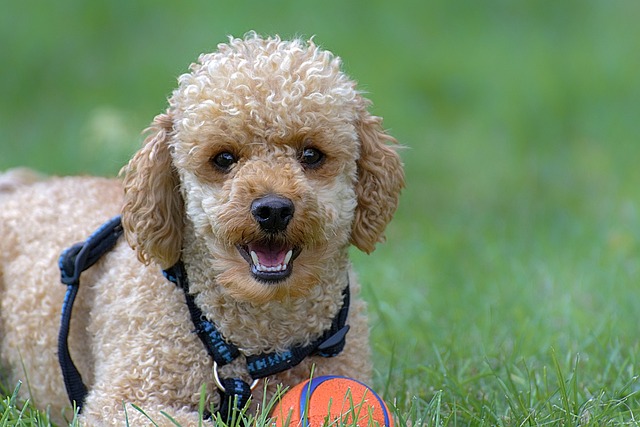
How do i train my dog to be obedient?
Watching your dog dart across the park ignoring your calls isn’t just frustrating—it can put them at risk near busy streets or public spaces.
House training a puppy rarely follows a one-size-fits-all timeline, but most owners see consistent results within 4 to 6 months. Factors like breed, age, and daily routine play big roles—smaller breeds with tiny bladders might need more frequent breaks, while older puppies (over 12 weeks) often catch on faster. It’s not just about teaching them where to go; consistency with feeding times, potty breaks after naps, and praise for correct behavior builds trust, which speeds up the process.
Don’t forget to check local laws, too—many areas require puppies to be fully vaccinated before they’re allowed in public parks, which affects outdoor training schedules. Some cities also have specific rules about cleaning up after pets, so keeping waste bags handy from day one helps you stay compliant. Ignoring these rules can lead to fines, so it’s worth researching your town’s pet ordinances early on. This way, training isn’t just about good habits—it’s about following the law, too.
 Mistakes will happen, but reacting calmly is key. If you catch your puppy having an accident inside, gently guide them to their designated spot (like a pee pad or outdoor area) instead of scolding. Punishment can make them afraid to go in front of you, which slows progress. Instead, offer a small treat and excited praise when they go in the right place—positive reinforcement works far better for building long-term habits. Most owners notice fewer accidents by the 3-month mark, but full training might take a bit longer for more stubborn breeds.
Mistakes will happen, but reacting calmly is key. If you catch your puppy having an accident inside, gently guide them to their designated spot (like a pee pad or outdoor area) instead of scolding. Punishment can make them afraid to go in front of you, which slows progress. Instead, offer a small treat and excited praise when they go in the right place—positive reinforcement works far better for building long-term habits. Most owners notice fewer accidents by the 3-month mark, but full training might take a bit longer for more stubborn breeds.
Every puppy is different, so be patient with the process. A Labrador might master house training in 3 months, while a Shih Tzu could take 5 or 6—breed traits like energy level and attention span matter. It’s also important to adjust your routine as your puppy grows: as they get older, they can hold their bladder longer, so you can gradually reduce potty breaks. Sticking to a schedule, even on weekends, keeps things consistent and helps your puppy learn faster.
By the end, house training is about more than just a well-behaved pet—it’s about creating a routine that works for both you and your puppy, while following local laws. Most owners find that by the 6-month mark, their puppy is reliably using the right spot, and accidents are rare. Remember, consistency and patience are your best tools—celebrate small wins, stay compliant with local rules, and soon you’ll have a fully house-trained puppy who fits right into your life.

Watching your dog dart across the park ignoring your calls isn’t just frustrating—it can put them at risk near busy streets or public spaces.

New puppy owners often find themselves rushing to clean up accidents before they set in, and that’s where puppy pad training becomes a game-changer.

If you've noticed your dog's waistline disappearing and your veterinarian has mentioned those few extra pounds, your first instinct might be to simply reduce the amount of food in their bowl.

Training a dog to use a designated spot indoors isn’t as daunting as many new owners fear, but it does take consistency and an understanding of your pet’s needs.

That moment of dread on a walk is all too familiar for many new dog owners. You see another dog approaching down the sidewalk of your neighborhood

If the sight of another dog on your neighborhood walk makes your heart sink as your own dog erupts into a frenzy of barking and lunging, you're not alone.